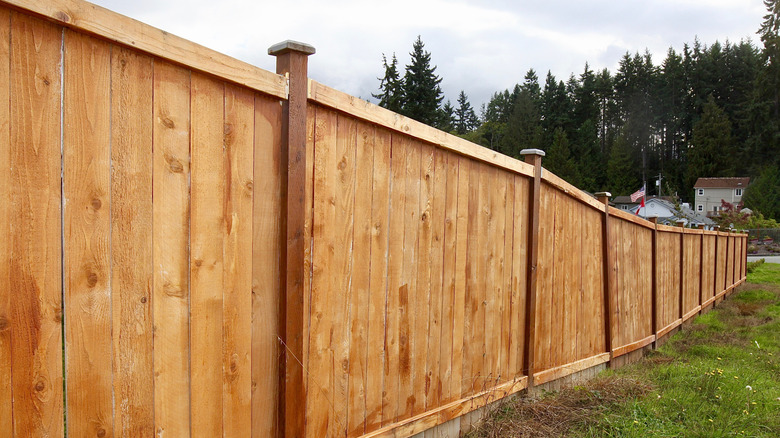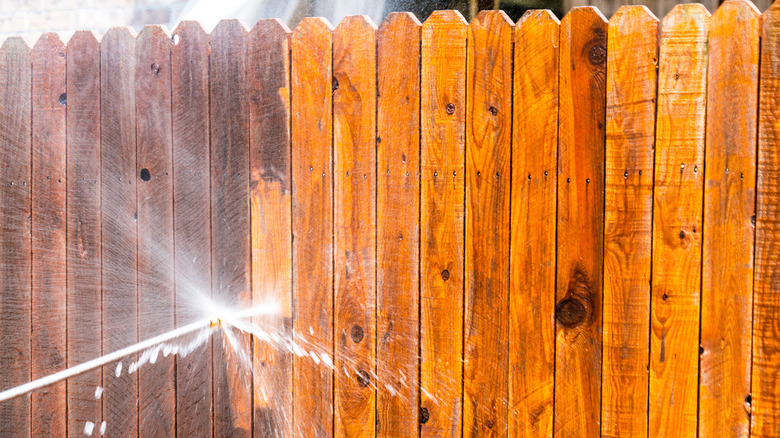The Major Disadvantage Of Cedar Fence Panels To Consider Before Buying
Is a new fence in the works for your property? Cedar is a durable type of wood that makes a great choice for fence pickets. It works particularly well for outdoor structures due to its natural resistance to rotting and insect infestation. Cedar wood contains oils that make it last longer by preserving the wood. Homeowners often appreciate the aesthetics of a cedar fence with its distinctive wood grain pattern. But you can expect a cedar fence to cost more than other kinds of wood, and the fence requires more maintenance work than some materials, including vinyl, chain link, and aluminum fences.
If you're looking for a carefree fence option that you can install and forget, cedar might not be your best option. Despite its resistance to many outdoor elements, cedar is still vulnerable to damage. You'll need to invest time and money into maintaining the wood to get as much life out of it as possible. When deciding between different wood fence ideas and materials, consider the pros and cons of each. When compared to pine fencing material, cedar often runs as much as $5 more per linear foot. Looking at each option in detail and considering how much time and money you want to invest in your fence helps you make a realistic decision that you'll be happy with long-term.
Disadvantages of cedar fencing
Despite resisting decay, cedar is susceptible to fading from UV rays. As it weathers, the wood turns a dull gray color and develops a fuzzy appearance with a more noticeable grain unless you perform routine maintenance. Protecting it every two to three years with an application of penetrating sealant helps maintain the appearance. Be prepared to apply new stain to a cedar fence every three to five years to control the color of the wood. You'll also want to clean your cedar fence at least once per year to remove any dirt and grime that accumulates.
The soft nature of cedar also adds to your maintenance and care routine. It's important to keep your trees and shrubs trimmed to avoid having branches fall on or rub against the fence to prevent scratching or denting. Cedar is also more susceptible to decay when it's buried under the soil or exposed to water regularly. For that reason, cedar is often not the best choice for fence posts or areas where water pools regularly.
If you're on a limited budget, the price of cedar could make you think twice as you choose the right backyard fencing for your needs. You can expect cedar to cost $6 to $8 per linear foot compared to $1 to $5 per linear foot for pressure-treated pine. On a large fence project, that could cost you significantly more money. However, cedar fences typically last longer when you perform routine care. Pine fences often survive about 15 years while cedar could last up to 25 years with the proper maintenance.

